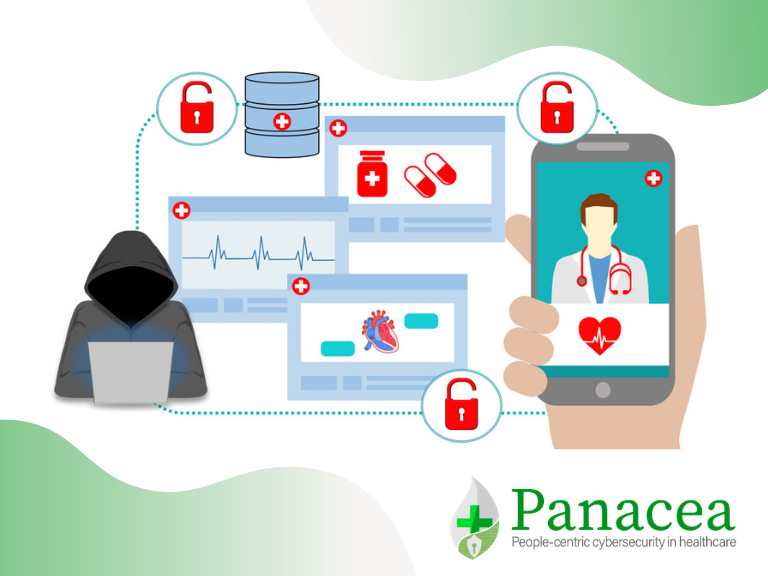The number of cyber-attacks around the world exploded in 2020: exploiting the Covid-19 pandemic as an opportunity for cybercriminals to take advantage of the shift in focus towards smart working and hospital staff transferred to the frontline.
A Survey of Cyber Security Approaches for Attack Detection, Prediction, and Prevention

This research paper (July 2018) highlights the need for more proactive cybersecurity measures against growing threats to organisations and individuals in cyber space.
Abstract: The expanding threat landscape has come with a plethora of consequences for most organisations and individuals. This is witnessed in the high volume of cyber-attacks prevalent in the cyberspace. This paper presents a survey of cyber security approaches that have been proposed in the Literature. The paper also reviews the methodologies, strengths and weaknesses of these approaches, and finally identifies areas where further research could focus.
Conclusions: Though several approaches have been proposed and deployed in recent times, most of them are only theoretical masterpieces while others remain computationally infeasible due to the computational requirements for implementing them. Where implementation is possible, the issue of computational complexity becomes a significant overhead in which case a large amount of computing resources such as CPU cycle, memory, network bandwidth and data structures are consumed culminating in tedious, time consuming, and error prone processes. Similarly, most of these techniques are basically reactive and as such can only be triggered when an incident is reported while most depend on the administrator to apply the necessary mitigation processes after an attack has occurred.
PANACEA Research perspectives: This paper is of general interest to PANACEA, which is pursuing research and innovation on cyberseurity for healthcare from a holistic perspective, including technological solutions, people and processes, including proactive measures aimed at reducing cyber risks and building resilience.
Keywords: Reactive cybersecurity
Lookout Watch entry date: 07/08/2019

